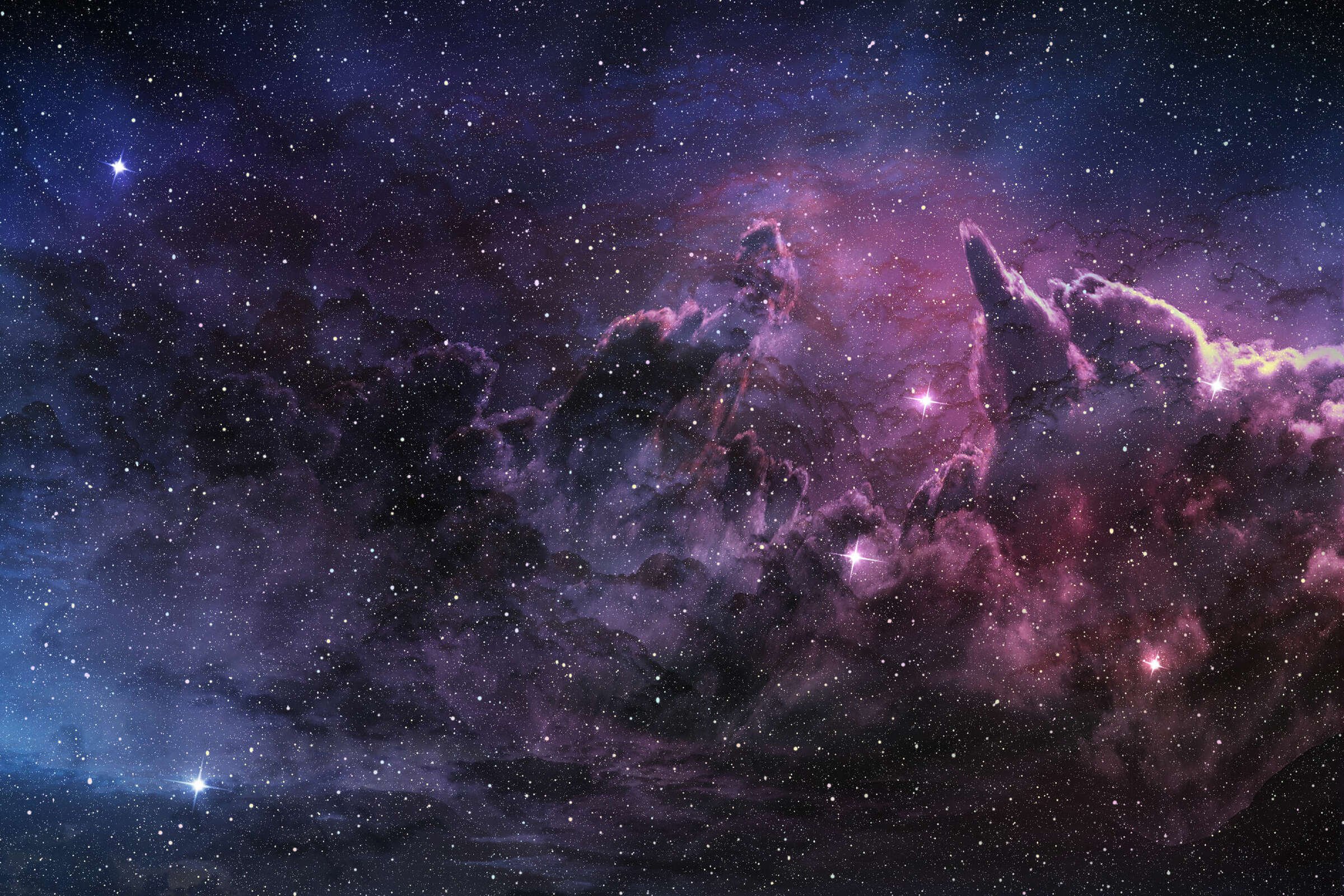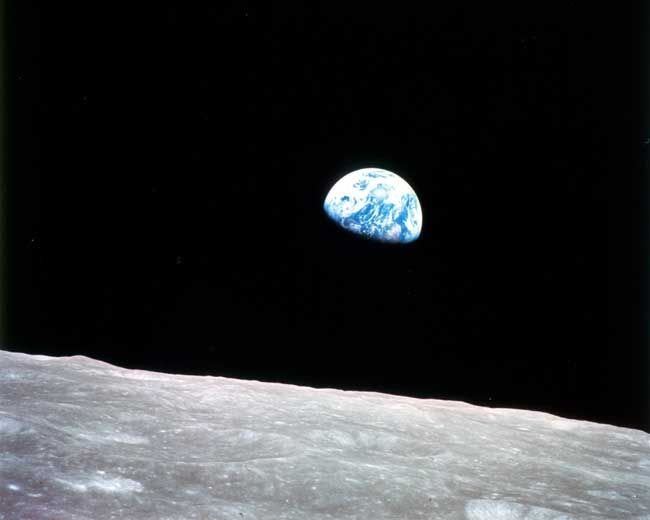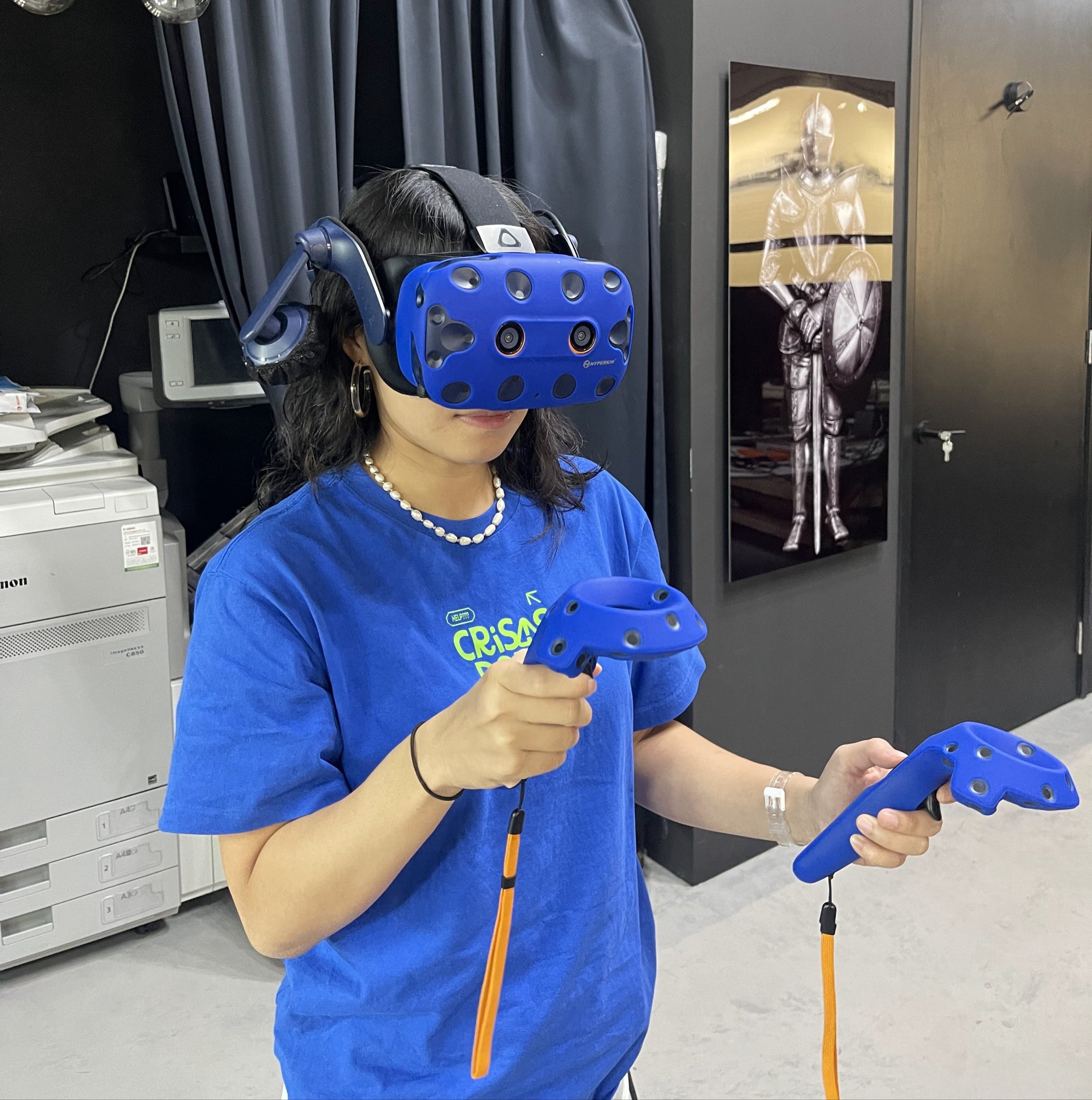Virtual Reality: A Vision For The Future
King of the universe
Prior to the 16th century, star-gazers could only marvel at the sky with the naked-eye.
The moon played a pivotal role in humanity’s understanding of the universe. Through broad observations of phases, eclipses and movements relative to the stars, astronomers gained insights into planetary motions and developed methods for predicting lunar and solar events.
The unquenchable thirst to understand the universe continued as civilisations erected structures — Stonehenge, Chichén Itzá, Abu Simbel — to associate celestial events with patterns on Earth. While doing so, mankind elevated Earth to paramount importance when Greek astronomer Ptolemy proposed the Geocentric model: Earth was the immovable centre of the universe, with the Sun, Moon, planets, and stars orbiting around it.
In other words, Earth was king.
In 1608, two dutch spectacle-makers, Hans Lippershey and Zacharias Janssen, designed a tube consisting of a convex and concave lens, allowing distant objects to be magnified without the need to squint our eyes. But it was Galileo Galilei who made groundbreaking contributions to the improvement and popularisation of the telescope.
In his scientific treatise, Sidereus Nuncius, Gallilei documented a pattern he observed through the device - a form of celestial dance resembling the moons of Jupiter orbiting the planet. Even planets had their version of circling the campfire. He declared not all celestial bodies revolve around Earth.
Image credit: NASA
Galilei went further to debunk the long-held theory of geocentricity through the Heliocentric model: Earth was far from the high regard bestowed upon by its inhabitants, but merely a speck in relation to the Sun, the one true king of the universe.
An elongated metal tube liberated humanity from old doctrines, and brought civilisation forward by exposing our minds to a wider intellectual horizon — a universe of unimaginable vastness, teeming with planets, stars, galaxies, and galaxies within galaxies. Our perspective of the universe flipped with the introduction of a new technology.
As the sky became the limit, it reminded us of how little we know, not only beyond the stratosphere, but in the deepest parts of our mind.
The overview effect
Edgar Mitchell was enjoying a rare moment of uninterrupted reflection as he gazed out of the Apollo 14 command module on it’s way back to Earth.
Mitchell’s primary duties were to perform science experiments during the trip to the moon and on the surface, and on occasional moments, pilot the landing module. This meant that for the return trip, most of his work was done, giving him precious time to relax and gaze out his space bedroom.
Edgar Mitchell with the US Flag on the Moon (1971). Image credit: NASA.
Stuart Roosa, pilot of the command module, had put the spacecraft in BBQ mode - a slow spin that evenly distributes the heat of the sun across the surface of the ship. “Every two minutes,” Mitchell recalled, “a picture of the earth, the moon, the sun, in a 360 degree panorama of the heavens appeared in the spacecraft window”. Those quick moments struck him with a “powerful feeling of connection with the universe”, and for hours, Mitchell recalled, he would meditate on this profound experience.
After he retired from NASA and the US navy, Mitchell founded the Institute of Noetic Sciences, an organisation devoted to studying human consciousness. He would often cite his experiences on the Apollo 14 and the shift in perspective it brought as the inspiration for the Institute.
Pale Blue Marble: not until this photograph, no one saw Earth as an insignificant speck, floating in the middle of nowhere.
This isn’t a view from the Eiffel Tower.
It’s one that makes you “develop an instant global consciousness”, Mitchell writes, one that compels humanity to feel the same “dissatisfaction with the state of the world, and a compulsion to do something about it”.
If Mitchell felt this way, other astronauts would have too.
The Overview Effect, name of this unexplainable phenomenon, was reported by other space(wo)men. Chris Hadfield, Ron Garen, and Nicole Stott have claimed personalised versions of this sensation.
If you’re a curious stargazer looking to the skies, a space worker looking down at Earth, or an unbothered person walking along the streets, one thing stands: the right viewpoint can do something massive in your mind by upending the way you see the world and yourself.
Power in presence
Maps, diagrams of human anatomy, or the Copernican model of the solar system are physical examples that have changed the way we see ourselves and our place in the world.
“But those who have actually seen Earth from space”, writes Jeremy Bailenson, researcher and author of Experience on Demand, “know that images alone, no matter how powerful or iconic, are poor substitutes next to the experience”.
A photograph cannot capture the infinite vastness of space. A video only reveal a glimpse of what went down in orbit. Mediums of these sort cannot rationalise how we see Earth as an insignificant speck in the solar system, like a tiny grain of sand on the ocean floor.
There are plenty pictures and videos of the Grand Canyon, Mount Everest, or the icebergs of Antarctica that attracts millions of tourists every year. If earthly views constantly brings visitors to marvel at its grandeur, imagine how impressive and effective it would be if we'd fully immerse ourselves in the wonders of the world?
There is, after all, power in presence. And to feel, is to be within.
And right now, I believe we’re living among a particular technology that is capable of giving us a clean-slate of experiences, a presence new to us, and an unopened door to our creativity: Virtual Reality (VR).
Me decked in a blue theme VR set
A vision for the future
This is old news.
VR and it’s immersive realities have been touted as the next big thing.
Facebook acquired Oculus, the forerunner of VR innovation, in 2014. In October 2021, it rebranded to Meta. Since then, Mark Zuckerberg invested billions of investors money into R&D (when balance sheets are in the red) while proclaiming the Metaverse and its immersive embodiment as the future of society, work and play. Not until last month, Apple announced the Vision Pro, a new line of devices that works like a spatial computing headset. Set for Q1 2024 release, its priced at an unreasonable tag of USD 3,500.
The enthusiastic response to this technology indicates its potential as the next major computing, networking and social medium. It parallels the transformative shifts from personal computers and fixed-line internet to the mobile and cloud computing era we now inhabit.
But while tech giants are fighting over their share of the pie, VR-based experiences have always been a thing.
VR-based education and training gained much traction since the mid-2010s. Companies embraced VR for realistic simulations in healthcare, manufacturing, aviation, and military, improving employee learning outcomes. Schools have integrated VR to augment science and history lessons, putting kids through an immersive experience, interacting with 3D models and simulations for deeper understanding. At the corner of every shopping mall, you don’t see an arcade but a VR game centre.
(A summary of the benefits VR-based education can be found here)
But while all these are good for progress, there’s one thing I'm particularly obsessed with, and why I believe it will lead your children to a new pinnacle of creativity: VR has the potential to allow for embodied cognition - the idea that humans learn best when the body, not only the mind, is engaged.
At Gosh! Kids, I want to intertwine technology and art that can lead your kids to a deeper discovery of their creative identities.
Me (left) and teacher Matt testing out the VR application for our class
3 reasons why VR art classes are good for kids
I'll cut the fluff and jump straight to the benefits. In summary, it allows your kids to embody:
Multi-sensory engagement
Immersed in a virtual world, kids embark on a sensory journey that transcends physical boundaries. VR engages multiple senses, offering a rich and multi-dimensional experience, and trains them to converge all movements into one task.
Freedom of expression
Kids are unshackled, free to experiment and can explore without fear of failure. The virtual space becomes their playground, where creativity knows no bounds.
Novel perspectives
Venturing beyond the confines of reality, kids will encounter extraordinary perspectives. They sculpt and shape their visions with the in-built tools, and create complex worlds with their imagination.
One mind, one body, one experience.
The short of it?
VR-based experiences will not bring information, but revelation to your child's creativity. And through Future World Creators, I want to achieve that.
Like how the telescope opened up our human mind to a new horizon, creating through the immersive experience will bring about a paradigm shift in the way we view creativity. Who knows, your kids might experience what Mitchell and the other astronauts did on their way back to Earth.
Be well,
Miss G (@gladyssoh)







